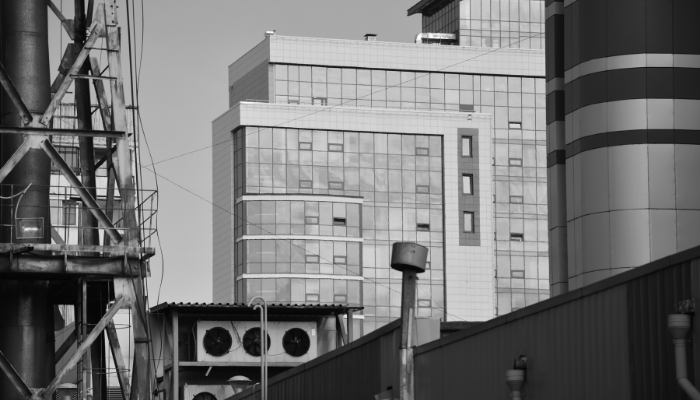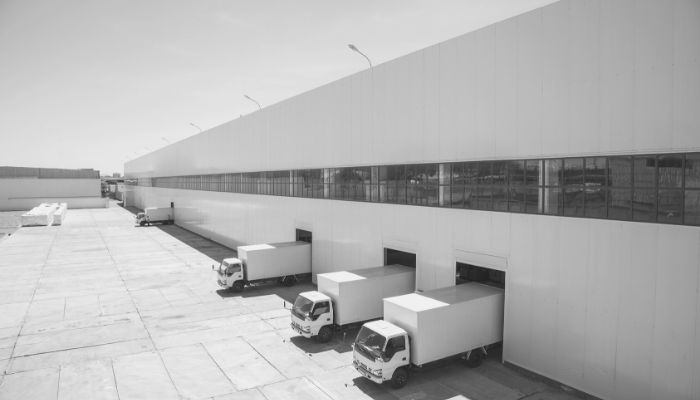
Coronavirus and Building Safety
Coronavirus has closed a lot of workplaces. As offices and retail establishments gradually open, building managers have to ensure that workers return to healthy workplaces, and it’s not just about COVID-19.
The New York Times warns in a headline: “After Coronavirus, Office Workers Might Face Unexpected Health Threats – stagnant plumbing systems in emptied commercial buildings could put returning employees at risk of Legionnaires’ and other illnesses.”
The Purdue University Center for Plumbing Safety, citing a study, advises: “Water Quality in Low Occupancy and Shutdown Buildings – There are no government or industry standards for returning plumbing for large buildings to safe use after COVID-19 caused shutdowns.”
NPR cautions “Legionnaires’ Disease Could Breed En Masse During Pandemic.”
Stagnant Water May Breed Disease
So clearly, the economy isn’t the only thing that’s stagnant these days.
Buildings of any size suffer when they’re left unoccupied and unmaintained for several months. Large buildings with industrial HVAC and other systems, with miles of pipes and ductwork, are even more prone to problems. In the water treatment industry, Legionella is a primary focal point for treatment. It is transmited by airborne water droplets, and under-used and untended water systems and HVAC systems are prime breeding grounds. It’s not the only water-borne disease, but it’s a big one. The Centers for Disease Control and Prevention registered almost 10,000 cases in 2018.


Widespread Long-Term Stagnation on a Large Scale
U.S. shutdowns began in mid-March, so many buildings have been closed for two months or more, “and the researchers say that the consequences of long-term water stagnation are relatively unknown,” says the New York Times.
Also noted by the Times: “One problem for some property managers may be inconsistent and incomplete guidance from regulators and health authorities.” The public health officials who would ordinarily be tasked with solving this problem are largely focused on responding to the virus’ spread.
COVID-19 Resources for Plant Managers
We urge every building engineer to research this issue to ensure they’re protecting the safety of building inhabitants and visitors.
For an overview emphasizing Legionella, download an 8-page COVID Response Guide crafted by The Alliance to Prevent Legionnaires’ Disease.
Also, be sure to download the 60-page study titled “Considerations for Large Building Water Quality after Extended Stagnation,” referred to by the Center for Plumbing Safety.
At Chemtex, we are paying close attentions to developments in this arena, so don’t hesitate to give us a call. We all need to do our research, act in compliance with best practices, and help keep people safe as they trickle back to office buildings, malls and shops. The last thing any family, any workplace, any community, wants to see is an outbreak of Legionnaires’ disease sending people into the medical system. This is not a time to cut corners or rely on guesswork, but to make stringent efforts to re-open buildings in the safest way possible.


/NQA-ISO-9001-Logo-ANAB.jpg)